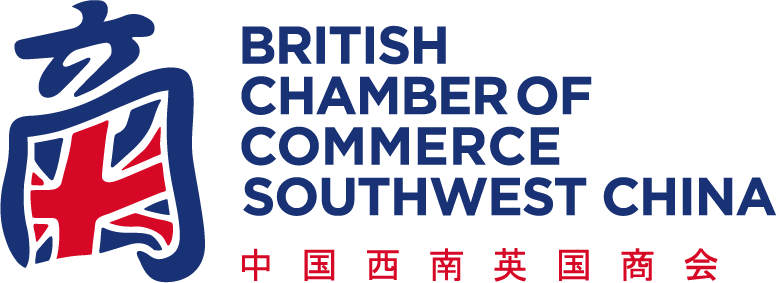Chongqing at a Glance
Population(2023): 32.1334 million (redidents)
GDP(2023): RMB 2.9 trillion
Chongqing is the youngest municipality in China, established in 1997. It is one of five central cities, the others being Beijing, Tianjin, Shanghai and Guangzhou. It is located in Southeast of the Sichuan Basin at the junction of the Yangtze and Jialing Rivers. It is surrounded by water on three sides and mountains on four sides. The climate is subtropical, with mild, short winters and hot, humid summers. It has been nicknamed the “foggy city” due to its relatively low annual sunshine time of around 950 hours. Annual precipitation is between 1000-1400mm.
Chongqing is one of the oldest industrial bases. It is also one of the richest in mineral resources: 75 kinds of minerals have been found, and 40 minerals have proved reserves in 353 places, with a potential value of USD 62.6 billion. These include: Coal, natural gas, manganese, mercury, aluminum, strontium and others.
In 2022, Chongqing’s regional gross domestic product (GDP) reached 2.91 trillion yuan, up 2.6% from the previous year. The per capita GDP for the year was 90,663 yuan, up 2.5%. The private economy’s added value was 1.74 trillion yuan, accounting for 59.7% of the city’s total added value, and an increase of 3%.
Import and Export value of Foreign Trade during Jan-Dec 2021 was 8.0006 trillion, a 22.8 % increase on the same period in 2020. Specifically, in the first three quarters, the foreign trade exports of Chongqing were 365.62 billion yuan, an increase of 27.7%, while imports were 211.41 billion yuan, an increase of 25.7%. According to the relevant person in charge of Chongqing Customs, there are five main characteristics. First, the import and export of special supervision areas maintained steady growth. Second, Chongqing achieved double-digit foreign trade growth to the ASEAN, the EU, and the United States, increasing by 13.6%, 24.2%, and 18%, respectively.
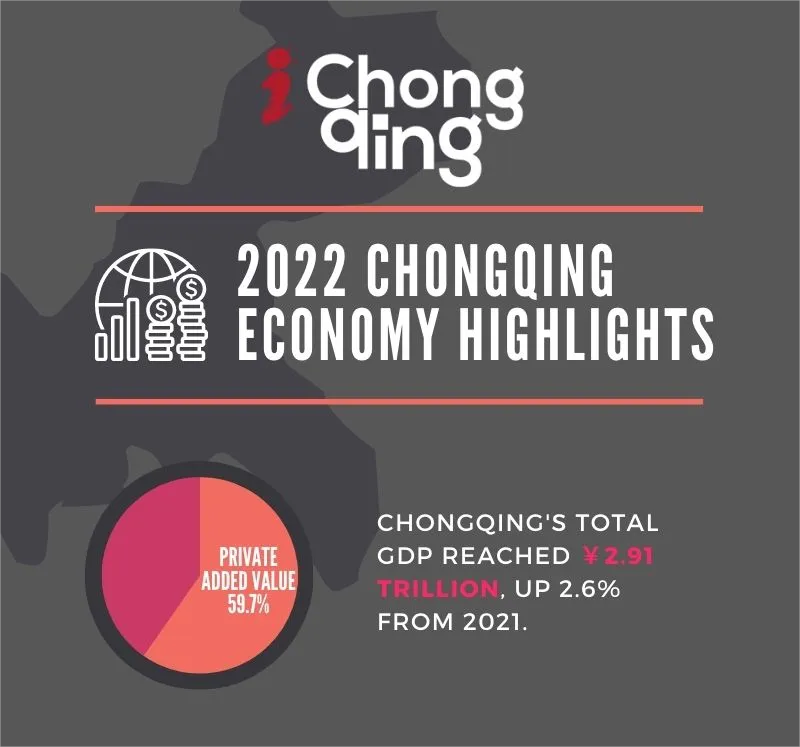
Key Industries

- Intelligent Manufacturing
High-end Equipment, Automobiles, Electronic Information, Bio-materials, Metallurgy and New Materials
- Aviation & Aerospace
- Food & Shopping
- Textiles
- Tourism
Key Business Locations in Chongqing
Yuzhong District
Dubbed “old town” by the locals, Yuzhong is the central district and capital of Chongqing municipality. It is also the political, economic, and entertainment center of the city. Located in the central portion of Yuzhong is the Jiefangbei central business district, a leading business and financial center of western China.
Also, important economic indicators, such as disposable income, population, and consumption expenditure are on the rise, and e-commerce is growing at a rapid rate – which is also reflected in the national trend.
In July 2021, China approved five cities, including Chongqing, to take the lead in cultivating and building international consumption centers, bringing new opportunities for the construction of Chongqing’s business districts.
According to the plan, Yuzhong District will build the Jiefangbei-Chaotianmen business district into a headquarters economic gathering place, an international consumption destination, a Bashu cultural experience place, as a carrier of foreign exchanges with a high sense of global identity and local belonging. It aims to bring together 500 internationally renowned brands and total retail sales of social consumer goods to exceed 100 billion yuan by 2025.
Liangjiang New Area
Chongqing’s Liangjiang New Area (“LNA”) was set up with the approval of the State Council on June 16, 2010, the 13th anniversary since Chongqing became China’s fourth municipality. Located in the main urban districts of Chongqing, north of the Yangtze River and east of the Jialing River, LNA covers 1,200 square kilometers, of which 550 sq. km. is available for construction and composed of Jiangbei, Yubei, and Beibei administrative districts, the North New Zone, and China’s first inland bonded zone, Lianglu Cuntan Bonded Port Area. Chongqing LN Development & Investment Group Co., Ltd. oversees construction of the industrial parks.
Over the past 12 years, the New Area, covering 1.5% of Chongqing’s area, has contributed about 15% of the total economic output, 20% of the total value of the production from industrial enterprises above the designated size, 30% of foreign investment, 40% of import and export, 50% of Fortune Global 500 companies and 60% of automobile sales in Chongqing.
In 2021, the GDP of Liangjiang New Area exceeded 400 billion yuan, making it rank fourth among the state-level new areas in China.
Similar to Shanghai’s Pudong region, which in the 1990s was a desert but is now the financial center of the city after years of domestic and foreign investment, Chongqing’s Liangjiang New Area is attracting considerable investment. The LNA especially welcomes foreign investment in prospecting and mining of non-oil/gas mineral resources. Foreign investors are permitted to establish sole proprietorship or to cooperate with Chinese counterparts in risk exploration of non-oil/gas mineral resources. They are also permitted to purchase prospecting and mining rights of non-oil/gas mineral resources from large and medium-sized state-owned enterprises and can also transfer these rights.
Also, worth knowing is the fact that LNA’s local government is quite proactive in making sure that the area is a target for foreign invested companies, particularly in the manufacturing sector, and has started to establish deals with representatives of foreign governments, such as chambers of commerce, who act as the go-between between the local government and the companies of their own countries (for example, the Italian Chamber of Commerce in Chongqing is located in the LNA).
Naturally, companies that invest in this area can enjoy many subsidies and benefits, which are all negotiable with the local governments, depending on the size and expenditure of the project.
Other areas and special economic zones
Other than the two areas mentioned above, Chongqing has many other locations which may attract foreign interest, namely:
Chongqing Pilot Free Trade Zone
Established on March 15, 2017, with an area of 119.98 square kilometers, covering the LNA, Xiyong area, and Guyuan port area.
It focuses on the development of manufacturing of high-end, digital, or intelligent equipment, cloud computing, biomedicine, and services, such as international transit and integrated distribution.
According to an official from the Chongqing Municipal Commission of Commerce, the “14th Five-Year Plan” for China (Chongqing) Pilot Free Trade Zone (2021-2025) was released, which specified creating the CFTZ into a new highland for reform and opening up, an important hub for dual circulation. The plan focuses on building “four districts and one place:” the leading area for inland modern service industries, the core carrier of inland international logistics hubs, the pilot area of inland International Trade Center, the demonstration area of the western financial center, and the leading area of the national advanced manufacturing center.
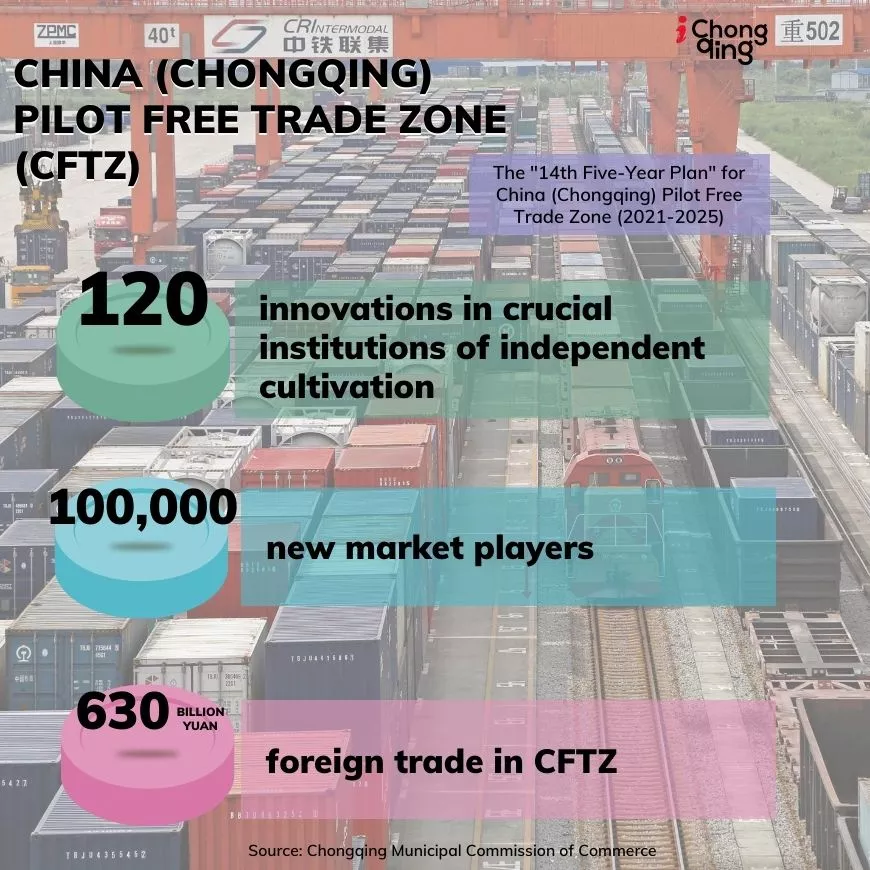
Chongqing high-tech industrial development zone
Chongqing High-tech Industrial Development Zone, approved in March 1991, has a total planning area of 1,093 square kilometers, focusing on the development of biological drugs, precision medical and other large health industries, power semiconductors, the internet and other new information technology industries, automobile electronics, intelligent robots, and other advanced manufacturing industries, testing certification, R&D services, and other high-end services.
Chongqing economic and technological development zone
Chongqing Economic and Technological Development Zone was established in 1993, with a total area of 90 square kilometers. The economic development zone has formed the industrial foundation of electronic information, high-end equipment manufacturing, modern service industry, and other industries.

Local Government Future Investment Strategy
The local government has said going forward it will be focusing investment via 4 key sectors of the economy:
- Infrastructures such as expressway, high-class highway, port, waterworks, wastewater treatment plant.
- Agricultural projects such as traditional Chinese medicine, orange, silkworm, pigs, tea.
- R&D and production of automobile & parts, motorcycle & parts, power distribution equipment, electronics, digital audio & video, 3G, large tonnage ships, natural gas chemicals, fine chemicals, new materials, clean energy, electro-mineral combined production, aluminium chain industry, steel chain industries including iron-rough steel-plate-piping-strip material and wire; derivatives of manganese, strontium and barium; IC products, software, information technology, telecom, digital medical treatment, smart instrumentation, information technology-based home electric appliances and automobile electronics.
- Modern services such as banking, insurance, securities, logistics, tourism, education (excluding compulsory education).
Opportunities
In comparison to the east coast of China, Chongqing is still in an earlier stage of “opening up” There are still various policies in place to support foreign investment, including tax breaks for companies whose foreign investment exceeds 25%. Notably Chongqing is a major player in China’s belt and road initiative, acting as a major inland transport hub for trade with Europe.
On top of this cost of living and house prices are still relatively low within China, particularly for such a large city, with this cost of labour is also comparatively low.

Culture
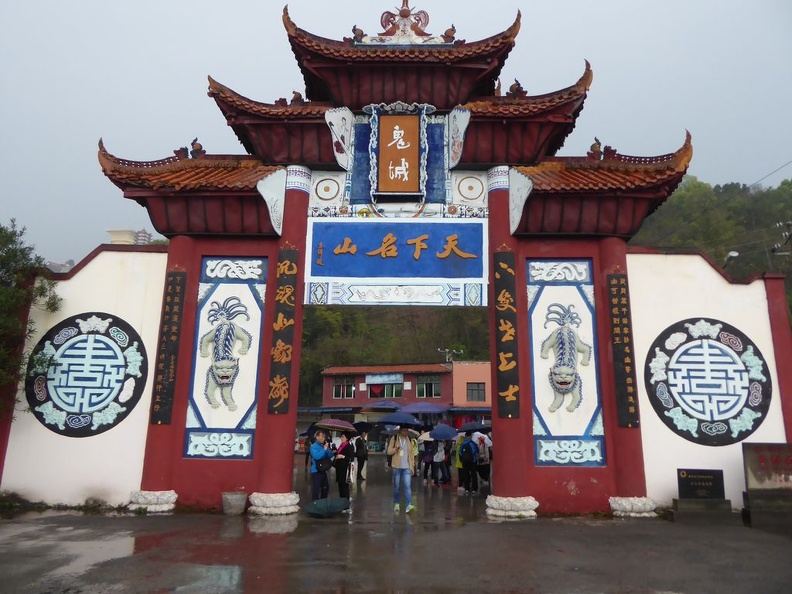
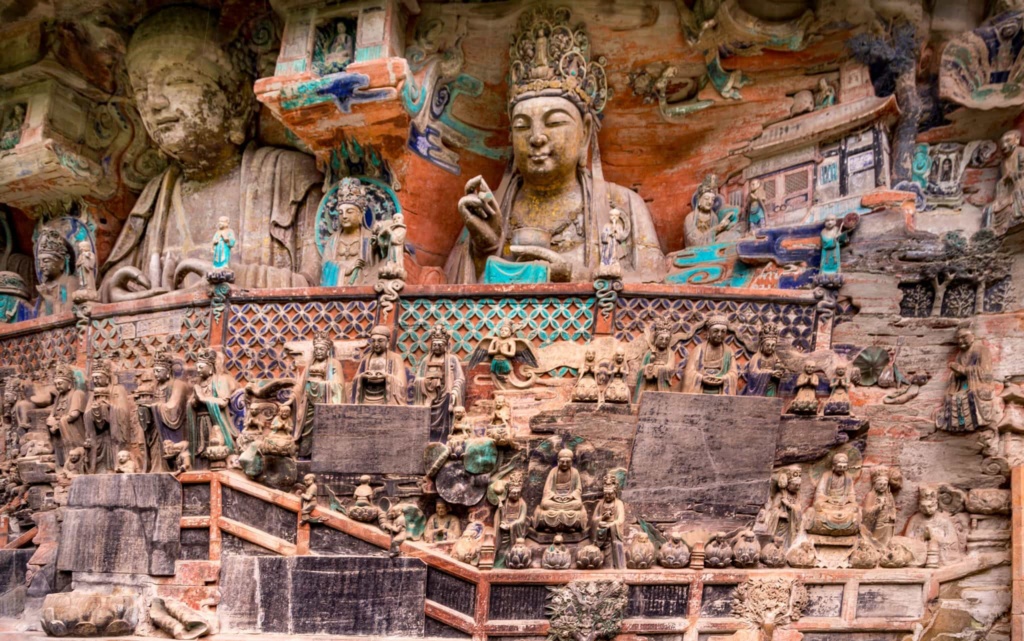
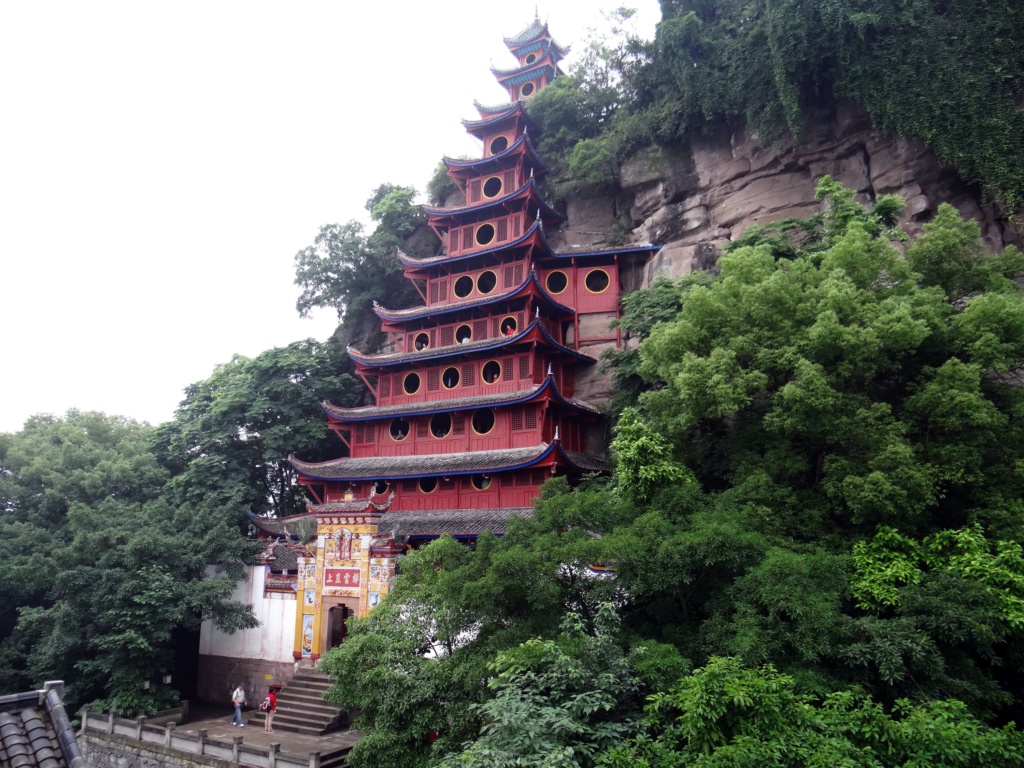

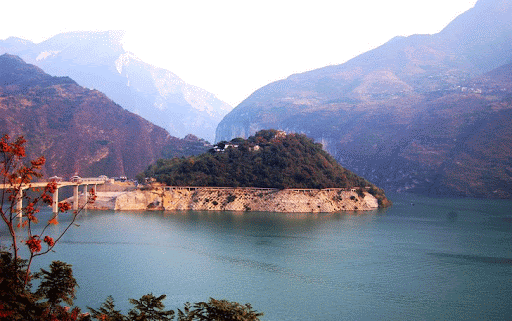
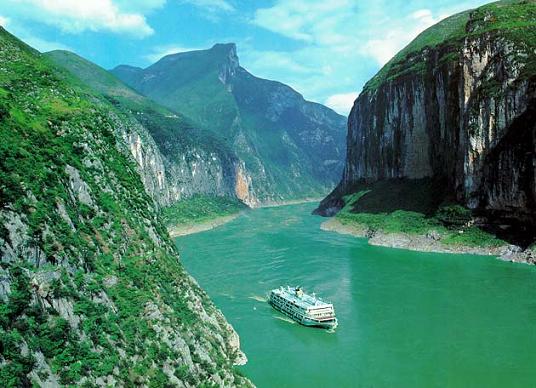
- Dazu Rock Carvings
- Fengdu County
- Shibaozhai
- Baidi Town
- Zhang Fei Temple
- Qutang Gorge, Wuxia Gorge in the Three Gorges
